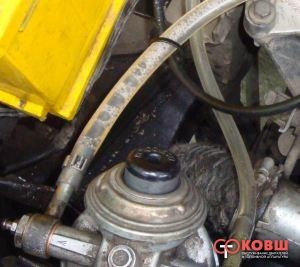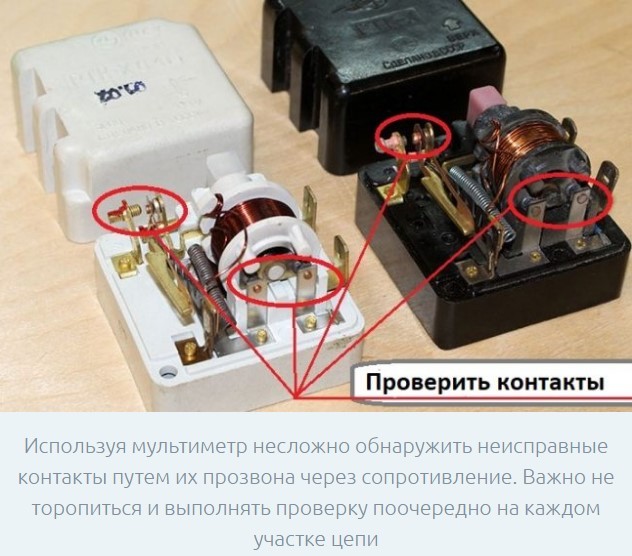
Symptoms of a Bad or Faulty Air Supply Hose
Content
Check your vehicle's air supply hose for signs of damage. If there are problems with idling or if the Check Engine light comes on, you may need to replace it.
The engine exhaust system, which most cars are equipped with, works to reduce the amount of pollution emitted by the car. The air supply hose is a very important part of this system. This hose helps bring extra air into the system in an attempt to convert the exhaust gases into CO2. The air supply hose is exposed to a lot of heat, which can wear out after a while.
Checking the air supply hose is important and should be part of a regular vehicle inspection. This hose is usually made of rubber or plastic, which can damage it over time. A bad air hose can create a lot of problems and cause your car to release more harmful gases into the atmosphere.
1. Noticeable signs of wear or damage
The presence of visible damage to the air supply hose is a sure sign that it needs to be replaced. Due to the high temperatures this hose is exposed to, it is only a matter of time before it fails. If you notice scuffs or even melted spots on the hose, it's time to replace the air supply hose.
2. Problems with idling
If it becomes difficult to keep the vehicle idling for an extended period of time, it may be caused by a bad air supply hose. When the hose is cracked or damaged, it will release air from the vacuum system. This usually creates idling problems and can only be fixed by replacing the hose. Failure to use full engine power at idle can create a number of different hazards while driving.
3. Check if the engine light is on
One of the most noticeable signs that you have an air supply hose problem is the Check Engine light coming on. An on-board diagnostic system connected to the engine computer will turn on the Check Engine light as soon as a problem is detected. The only way to figure out why the Check Engine light is on is to take a professional and have them retrieve the codes from your car's OBD.

